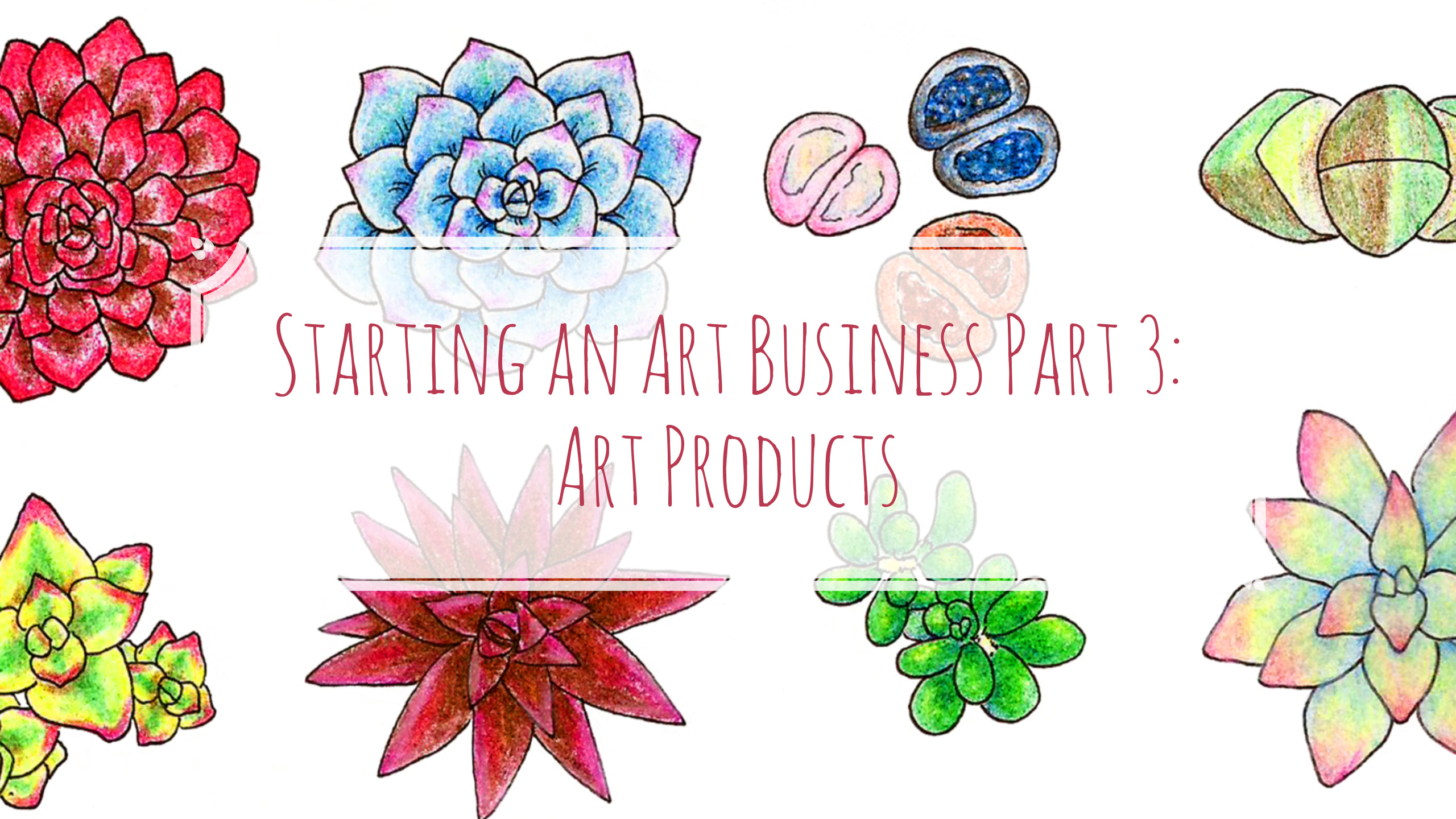
Last month I started my first Kickstarter campaign. I shared, promoted, and actually created a content strategy to get the word out. And it was successful!
Last week, I finished shipping out Kickstarter rewards. Unless there’s a problem with any orders, the process is over. That batch of 20-some Kickstarter rewards was technically my second art sale. Thinking about it that way, a Kickstarter may have been a bit premature. But I’m glad I tried it and naturally, I learned a lot.
There were several little moments of excitement and accomplishment throughout the process: getting my first backer, getting more backers, anytime I got a backer actually, and then figuring out and successfully accomplishing the logistics.
Before I address what I learned from running a Kickstarter, I thought I’d go into why I decided to start a Kickstarter project in the first place.
Why Start a Kickstarter?
Other than for the money? I decided to venture into the world of crowdfunding because:
- Pins are expensive
- Pin makers run successful Kickstarter campaigns all the time
- Pin sets are far easier to produce at once with some support
Kickstarters are common in the pin creator community. First, seeing all these pin makers on Instagram showed me it was possible. For me, this occurred at two levels: in the abstract, seeing pin makers I follow online, and in person, as one of my dear friends successfully ran two massive (and massively successful) Kickstarter campaigns.
Crowdfunding also felt like the best way to produce a set of pins. But there’s another benefit that I didn’t know about at the time.
Kickstarter projects generate excitement and urgency. I’ve experienced this as a backer, but there’s a sense of pride in being able to bring a project to life with your purchase or donation. Kickstarter creates a community in a way that preorders in a shop cannot. As a backer, or someone on the fence about backing, you can follow along with a project’s progress and if it’s successful, feel like you too had a role in that success. Which, well, if you backed it, you did.
While running a Kickstarter was fun and exciting and new, I definitely feel a sense of relief now that it’s over. My campaign funded two out of four pins in the series. I’m satisfied, but looking back, there are certainly things I would have done differently.

Lessons from My First Kickstarter
Remember how I said this Kickstarter was only my second art sale? Yeah. In retrospect, I might have told myself, hey, isn’t it a bit soon to be running a Kickstarter? Maybe it was. But it also turned out fine.
That doesn’t mean I would repeat the process as is. Here’s what I learned:
1. Build Your Audience First!
Here’s how I began my campaign. I created my Kickstarter project and set my campaign period shorter than the default amount (because I’d read/heard that shorter campaigns tended to do better and I was impatient). Then after the project was already underway, I began reading up on how to run a successful campaign. And the one thing all experienced creators were saying was to build up your audience first.
Whoops. I suppose I’d been trying to do a little network-building by creating and building up an art Instagram account. But my following was and still is moderate. If I’d heard this bit of advice first, I would have waited before starting a campaign. Or worked harder to build a large following.
2. Set Higher Funding Goals.
I remember once finding a Kickstarter project to fund a single pin that was listed at $900. $900?! I could produce at least four pins at that price! I set my own project goals at $200 per pin, a very reasonable amount, I thought.
Reasonable, but maybe not for Kickstarter. While I knew about Kickstarter’s fees and thought I’d factored them into account, other costs added up too. In case you’re wondering, Kickstarter charges a 5% fee plus payment processing fees (3% + $0.20 per payment). I didn’t make the mistake of not charging for shipping, but I severely underpriced international shipping costs. This one’s (halfway) on me, international buyers!
There were also multiple components of the packaging that I hadn’t considered. Bubble mailers, individual pin packaging, backing cards, business cards, label sticker paper, and shipping labels all cost something. I haven’t calculated what the actual cost per person came out to yet, but I know it was more than what I charged.
Moral of the story: $900 for a one-pin Kickstarter project isn’t so unreasonable after all.
3. Get Your Packaging Ready Early.
I started out with a rough idea of how I wanted my packaging to look. But I was slow to actually purchase the supplies. This was a mistake because I couldn’t just go out and buy everything in a single afternoon. Everything is cheaper and comes in more colors online. I wasn’t even able to find all the parts I wanted for packaging at local stores. So when my pins arrived a little early, I was still waiting on pieces of my packaging.
While my orders didn’t experience a delay because the pins arrived earlier than expected, it would have been much easier to get everything together early.
4.. There’s a Payment Processing Period.
Bonus tip! After your Kickstarter project is successfully funded, there’s a 14-day payment processing period. Fortunately, I learned about this through a friend before my campaign ended. Because my project was relatively small, I ordered from my manufacturer before receiving my Kickstarter funds so it wouldn’t be as long of a wait.
Kickstarter has its place, but I don’t plan to run another campaign anytime soon. But creating a Ghibli pin set does look like fun…



